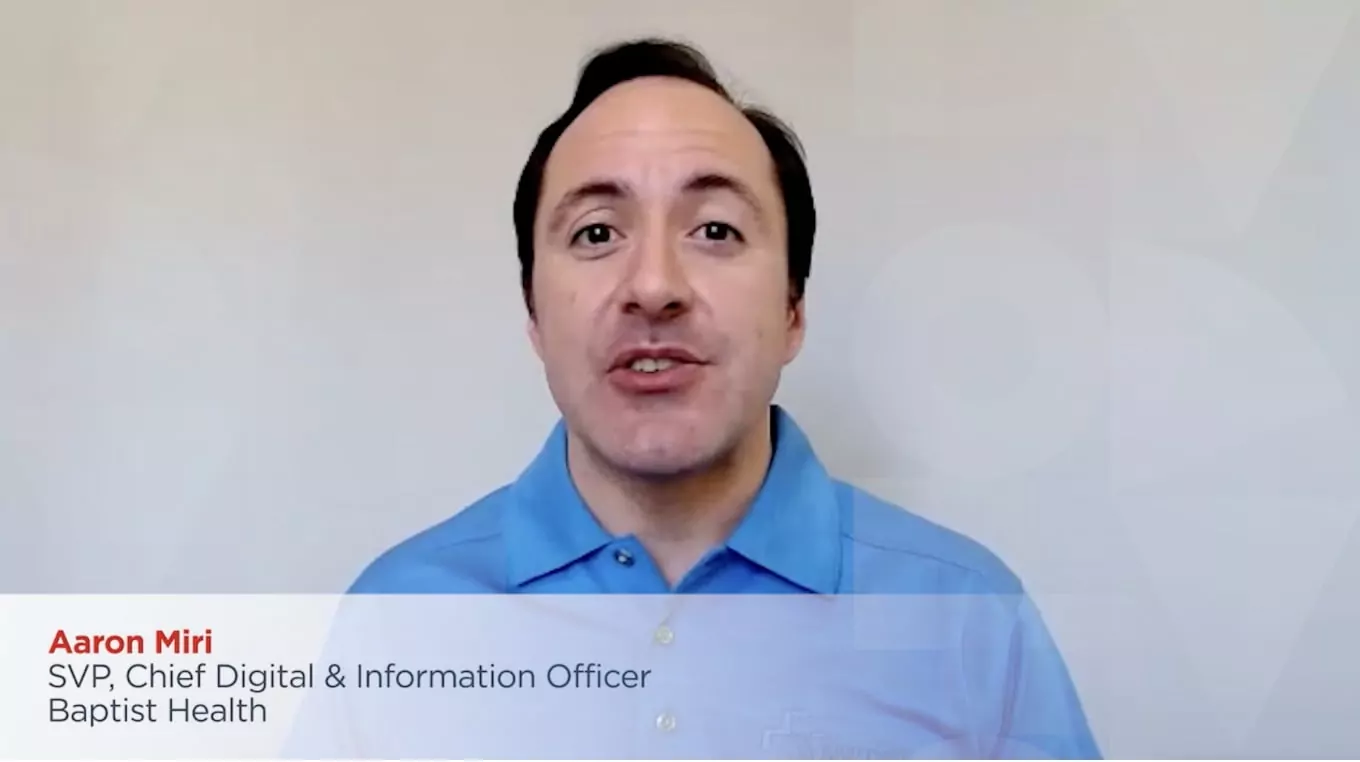Having succeeded as advocates for technology in healthcare, CIOs are now transitioning to a new role — ensuring technology serves both the patient and care organization as effectively as possible.
84% of IT leaders say the CIO is becoming a changemaker — a leader of business and technology initiatives.1 This change amplified when virtual healthcare became a necessity. 74% of IT leaders say that the CIO role was elevated due to the pandemic.1
According to Will Weider, SVP and Chief Information Officer of PeaceHealth, “My role as a CIO has changed since I first became one in 1995. There was a lot of education and a lot of pulling leaders along to what the future looked like.
“I think today’s leaders…get innovation and they have lots of innovative ideas. And I, as a CIO now, have a different focus. How do I take those ideas and get them lined up in a priority way and make sure that we can execute…without overwhelming the organization or overwhelming the IT caregivers?”
Improving the efficiency and efficacy of healthcare delivery
CIOs are increasing their budgets to support hybrid work and hybrid care while seeking ways to optimize both their return on investment and the patient experience.
Analytics have become a valuable tool in this effort to gain insights into patients, process, and the impact of care on outcomes, particularly with the expansion of multiple care models and workflows.
There are four standard types of analytics healthcare CIOs and their teams are using: descriptive, diagnostic, predictive, and prescriptive.
- Descriptive analytics describe what is happening.
- Diagnostic analytics describe why it’s happening.
- Predictive analytics describe what may happen in the future.
- Prescriptive analytics describe the actions you should take.
Sometimes, a fifth type of health analytics is used (cognitive or discovery analytics) to describe the role of behavior or advanced technology in the process.
Synthesizing this data in executable actions that have a real impact on patient experience is the focus of the modern healthcare CIO. According to Aaron Miri, Chief Digital and Information Officer of Baptist Health, “We have to get smarter about the tools that we use to support those modalities. Video chat is video chat. But the analytics…is the most important aspect of it.”
Each type of analytics relies on the CIO and their IT teams to properly gather, share, secure, and streamline data on behalf of their organization. In fact, 84% of physicians expect this level of support to be standard by 2030.2
According to CIOinsight, adopting the right analytics tools offers the healthcare provider proactive care guidance, population-wide health management, optimized scheduling, payment management, built-in data compliance, and risk management insights.3
The future of hybrid is already upon us, and CIOs are ready as advocates for the patient experience and leaders of state-of-the-art healthcare organizations.





